What is the Difference Between Radial and Bias Tyres?
When it comes to choosing the right set of tyres for your vehicle, the debate between radial and bias tyres takes centre stage. They differ in their internal construction.
Radials have plies running radially from the tyre centre, offering a smoother ride with flexible sidewalls and better fuel efficiency. They are standard in modern vehicles.
On the other hand, bias-ply tyres have diagonally crisscrossing plies, providing stiffer sidewalls and durability, making them suitable for specific applications like off-road or vintage vehicles.
Radial Tyres vs. Bias Tyres
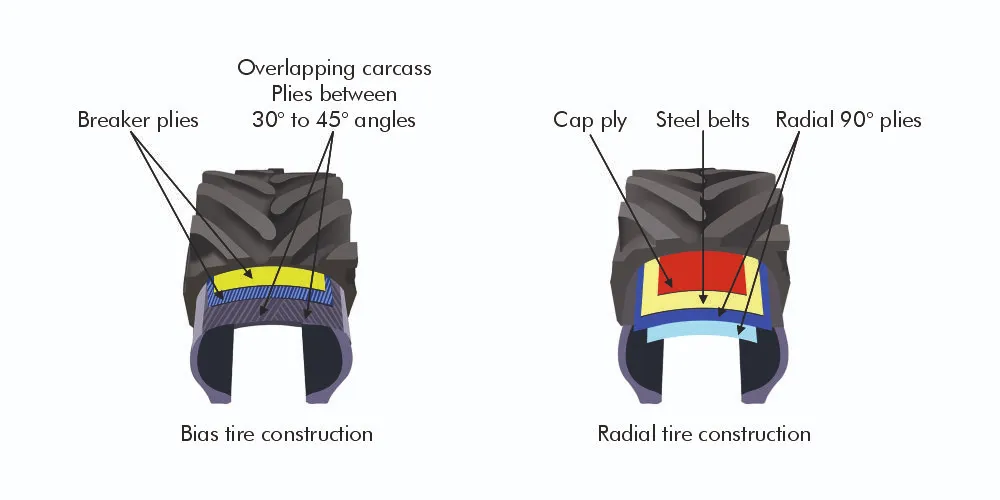

These two tyre constructions have distinct characteristics that cater to different driving needs. In this blog, we’ll delve into the world of radial and bias tyres, exploring their differences, benefits, and drawbacks and helping you make an informed decision about which tyres are best.
What are Radial Tyres?
Radial tyres are a modern marvel in tyre technology, revolutionizing the automotive industry since their introduction. The key feature of radial tyres is the arrangement of their internal cords. The layers of cords run radially from the centre of the tyre, perpendicular to the direction of travel. This design allows for greater flexibility and results in a more stable and comfortable ride.
Benefits of Radial Tyres:
- Improved Traction: Radial tyres have a larger contact area with the road, providing better traction and grip, especially during cornering.
- Fuel Efficiency: The flexible sidewalls of radial tyres generate less heat, reducing rolling resistance and contributing to improved fuel efficiency.
- Longer Tread Life: Radial tyres tend to wear more evenly, resulting in a longer tread life compared to bias tyres.
- Comfortable Ride: The flexible side walls also enhance the comfort of the ride by absorbing road imperfections and providing a smoother driving experience.
- Better Handling: Radial tyres offer more precise and responsive handling, contributing to enhanced vehicle control and stability.
Drawbacks of Radial Tyres:
- Cost: Radial tyres are generally more expensive than bias tyres due to their advanced technology and manufacturing processes.
- Durability in Certain Conditions: While truck/bus radial tyres perform well on regular roads, they may not be as durable as bias tyres in extreme off-road or heavy-duty applications.
- Vulnerability to Punctures: The thinner sidewalls of radial tyres may be more susceptible to punctures in certain conditions.
What are Bias Tyres?
Bias tyres, on the other hand, have a different internal construction. The layers of cords in bias tyres crisscross at an angle, forming a diagonal pattern. This design makes bias tyres robust and suitable for certain applications.
Benefits of Bias Tyres:
- Durability: Bias tyres are known for their robust construction, making them suitable for heavy-duty applications and off-road driving.
- Affordability: Bias tyres are generally more affordable than car radial tyres, making them a cost-effective choice for specific uses.
- Stability under Heavy Loads: The diagonal cord arrangement provides excellent stability, making bias tyres ideal for carrying heavy loads.
- Resistance to Damage: Bias tyres are less prone to damage from cuts and impacts, making them suitable for rough terrains.
- Simplicity: The manufacturing process of bias tyres is simpler, which can contribute to their lower cost.
Drawbacks of Bias Tyres:
- Less Fuel Efficiency: Bias tyres typically have higher rolling resistance, leading to decreased fuel efficiency compared to radial tyres.
- Uneven Wear: Bias tyres may wear unevenly, leading to a shorter overall tread life.
- Harsher Ride: The stiffer sidewalls of bias tyres may result in a rougher ride, especially on paved roads.
- Limited Performance on Wet Surfaces: Bias tyres may not perform as well as radial tyres on wet surfaces, as they are more prone to hydroplaning.
How to check if you have Bias Ply or Radial tyres?
- Check the Sidewall Markings:
Look for markings on the sidewall of the tyre. The information is usually embossed or printed on the sidewall. If you see the letter “R” in the tyre size designation (e.g., P215/65R15), it indicates that the tyre is a radial tyre. Radial tyres are the most common type in modern vehicles.
- Look for the Term “Radial” or “Bias”:
Some tyres explicitly state “Radial” or “Bias” on the sidewall. This information is often located near the tyre size designation or in a dedicated section indicating the tyre type.
- Inspect the Construction Code:
The sidewall may have a code indicating the tyre’s construction. For example, “B” stands for bias construction, while “R” denotes radial construction.
- Check the Tread Pattern:
Radial tyres typically have a more complex and varied tread pattern compared to bias tyres. Radial tyre treads often look like multiple lines or curves, while bias tyre treads may have a simpler, more blocky pattern.
- Consult the Vehicle Manual or Manufacturer:
Your vehicle’s owner’s manual or the tyre manufacturer’s specifications might also indicate the recommended tyre type. If you don’t have the manual, you can usually find it online on the manufacturer’s website.
- Visit a Professional tyre Service Center:
If you’re still unsure, you can visit a tyre service centre, and the technicians there can visually inspect your tyres and provide information on their construction type.
Frequently Asked Questions:
Q1: What is the main difference between radial and bias tyres?
A: The primary difference lies in their internal construction. Radial tyres have cords that run perpendicular to the direction of travel, providing better flexibility and a smoother ride. Bias tyres have cords that crisscross at an angle, making them more durable and suitable for specific applications.
Q2: Can I mix radial and bias ply tyres on my vehicle?
A: It is generally not recommended to mix radial and bias ply tyres on the same axle. The different handling characteristics may affect the vehicle’s stability and performance. It’s best to stick to one type of tyre construction for a given axle.
Q3: Which type of tyre is better for off-road driving?
A: Bias ply tyres are often preferred for off-road applications due to their robust construction and durability. The diagonal cord arrangement provides stability under heavy loads and in challenging terrains.
Q4: Do radial tyres last longer than bias tyres?
A: Radial tyres tend to wear more evenly, leading to a longer tread life compared to bias tyres. However, the lifespan also depends on factors like driving habits, maintenance, and the specific application of the tyres.
Q5: Are radial tyres more expensive than bias tyres?
A: Radial tyres are often priced higher than bias tyres due to their advanced technology and the benefits they offer, such as improved traction, fuel efficiency, and a smoother ride.
Q6: Are there any specific maintenance tips for radial or bias tyres?
A: Both types of tyres require regular maintenance, including proper inflation, rotation, and alignment. Follow the manufacturer’s guidelines for tyre care, and consider the specific recommendations based on the tyre type.

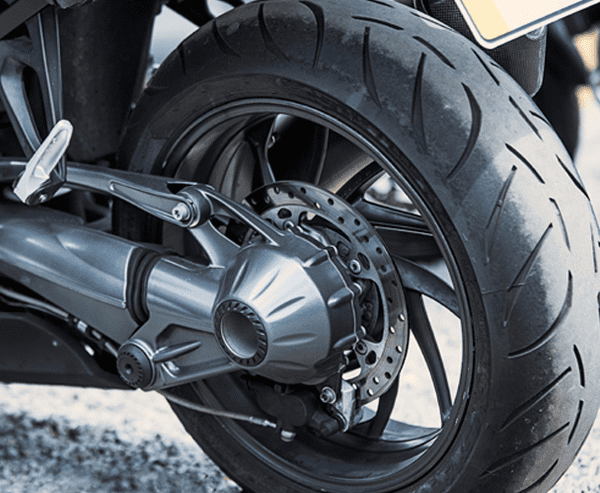
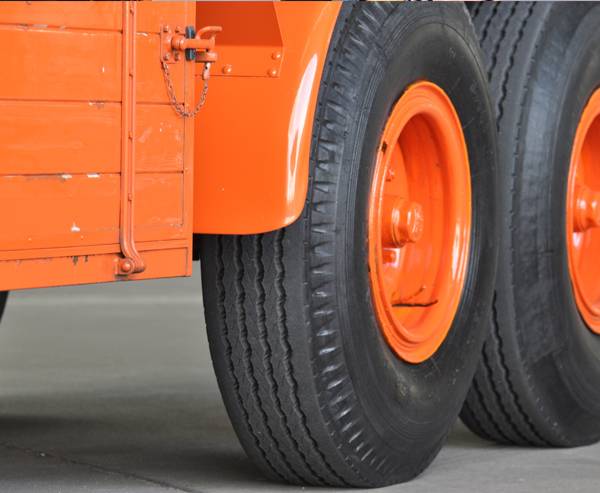
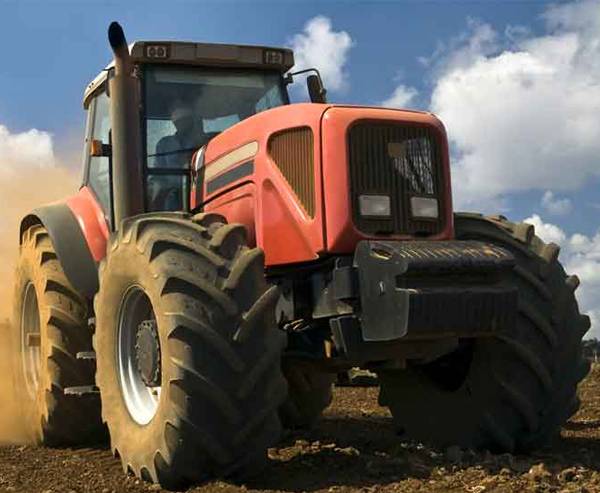
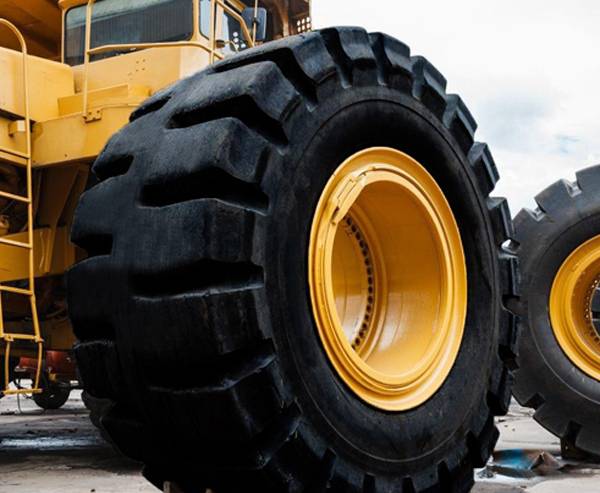
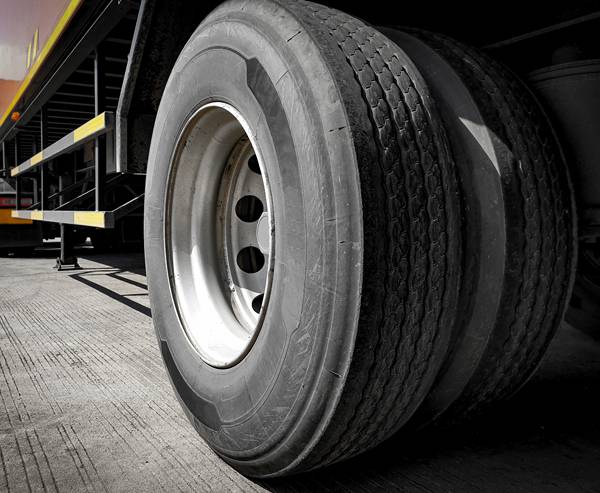
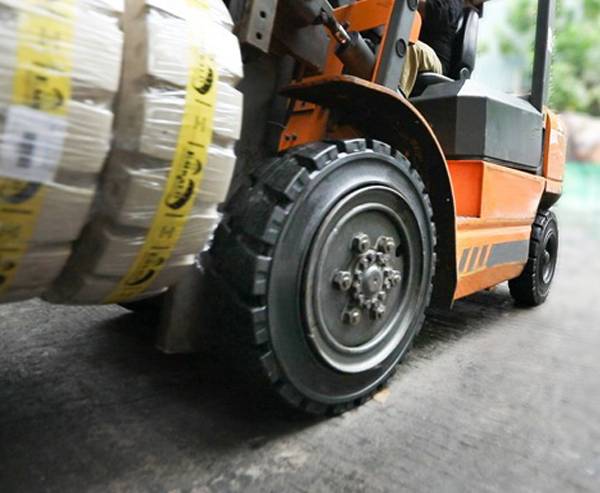
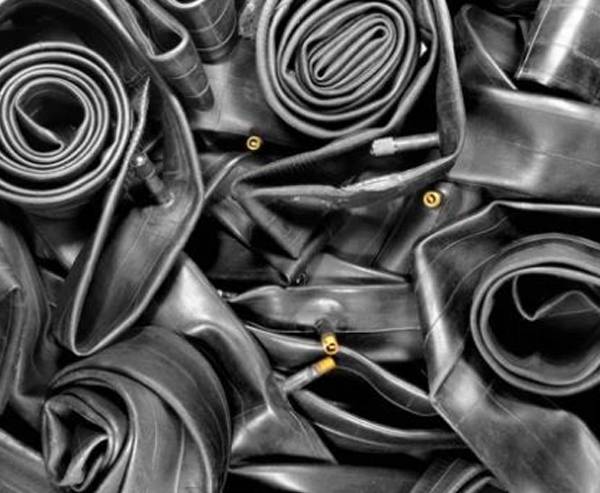








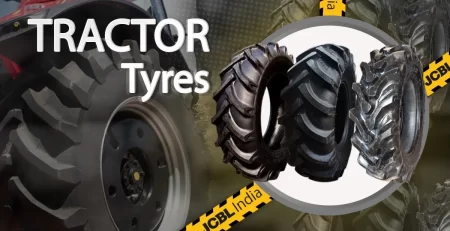
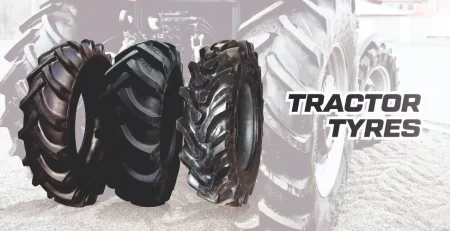

Leave a Reply